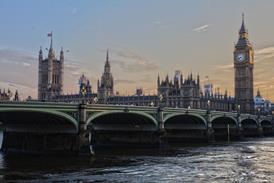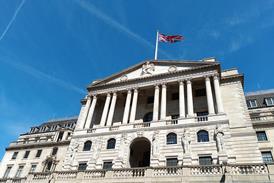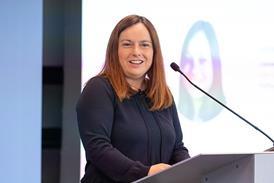A service from DG Publishing
Roundtable: How can schemes prepare for uncertainty in fixed income?
What does the end of an unprecedented era of quantitative easing have in store for interest rates, and how should increasingly mature defined benefit schemes adapt? PGIM’s Edward Farley, Barnett Waddingham’s Sophia Heathcoat, MJ Hudson Allenbridge’s Anthony Fletcher, Independent Trustee Services’ Dinesh Visavadia, Bestrustees’ Graham Wardle and independent trustee Alexandra Martinez discuss.
Register now for FREE to read this article
If you are already a registered you can SIGN IN now
Register today for free!
It’s quick and easy, and as a registered user you’ll have full access to all Pension Expert articles. You will also be able to recieve editorial emails.
- Full access to all news, analysis and expert comment
- The latest industry insights delivered to your inbox on a Tuesday and Thursday morning
- The Friday Takeaway newsletter reviewing the major events of the week
- Bookmark your favourite articles for easy review
- Hear about and register to attend Pensions Expert and DG Publishing events






